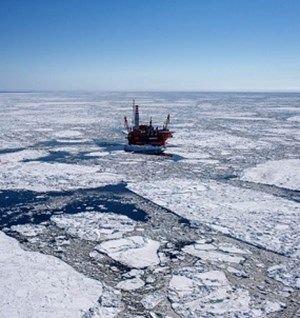Norwegian Offshore Directorate calls for more oil and gas exploration as peak production looms
(Bloomberg) – Oil and gas companies operating offshore Norway need to boost exploration to slow a natural decline in hydrocarbon resources after next year, according to the country’s offshore directorate.
Production from the Norwegian Continental Shelf will peak in 2025, the directorate said in a report published Wednesday. How quickly production falls will depend on whether companies can tap into resources around existing infrastructure using new technologies, as well as in less familiar regions like the Barents Sea in the far country’s far North.
The difference in net cash flow to the Norwegian state between high and low production scenarios is about 15 trillion kroner ($1.4 trillion), according to the report. The oil and gas sector is the biggest contributor to Norway’s economy, accounting for 20% of gross domestic product and 44% of total exports. The strategic value of gas from Norway to Europe has also grown following the Russian invasion of Ukraine.
“It is exploration that has the greatest effect, but we see how much is left in fields that are already in production” said Kjersti Dahle, director for technology, analysis and coexistence at the directorate, said in an interview. “So, the willingness and ability to develop and invest in technology and measures that increase extraction from fields that are already in operation will also enable us to perhaps prevent the production decline we see from 2025 becoming too steep.”
In the directorate’s base-case scenario, production will drop from 243 million cubic meters of oil equivalent in 2025 to about 83 million in 2050. In that scenario, there is some exploration in the near term - mostly in the North and Norwegian seas - before starting to tail off.
Even as there is a financial benefit for Norway in slowing the decline in production, companies operating offshore will need to invest in measures to cut emissions, including laying cables to shore to tap into Norway’s clean hydro and wind power, or investing in carbon capture and storage technologies, the directorate said.
About half of estimated total remaining resources are yet to be discovered, the regulator said. Of these about 60% are in areas open to exploration.
“The Barents Sea is where we have the greatest remaining known resources and it is the area on the shelf that is the least developed, with the fewest wells and least understanding of what’s there,” Dahle said.
The directorate also offered a revised estimate of the mineral resources on the shelf.



